- Microprocessors and Microcontrollers Laboratory
- Optical and Microwave Laboratory
- Digital Signal Processing Laboratory
- VLSI Design Laboratory
- Communication Networks Laboratory
- Linear Integrated Circuits Laboratory
- Analog and Digital Circuits Laboratory
- Communication Systems Laboratory
- Embedded Laboratory
- Circuits Design and Simulation Laboratory
Microprocessors and Microcontrollers Laboratory
Objectives
Outcomes
At the end of the course, the student should be able to:

Optical and Microwave Laboratory
Objectives
Understand the working principle of optical sources, detector, fibers
Outcomes
On completion of this lab course, the student would be able to
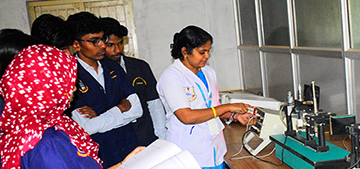
Digital Signal Processing Laboratory
Objectives
The student should be made:
Outcomes
At the end of the course, the student should be able to:

VLSI Design Laboratory
Objectives
The student should be made:
Outcomes
At the end of the course, the student should be able to:
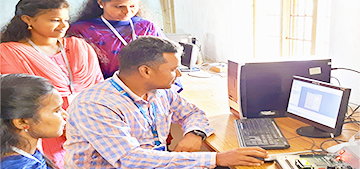
Communication Networks Laboratory
Objectives
The student should be made to:
Outcomes
At the end of the course, the student should be able to:

Linear Integrated Circuits Laboratory
Objectives
Outcomes
On completion of this laboratory course, the student should be able to:
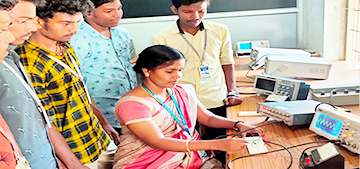
Analog and Digital Circuits Laboratory
Objectives
The student should be made to:
Outcomes
On completion of this laboratory course, the student should be able to:

Communication Systems Laboratory
Objectives
The student should be made:
Outcomes
At the end of the course, the student should be able to:
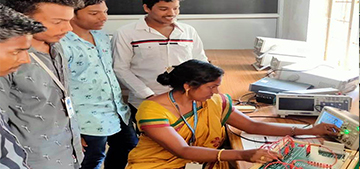
Embedded Laboratory
Objectives
The student should be made to:
Outcomes
At the end of the course, the student should be able to:
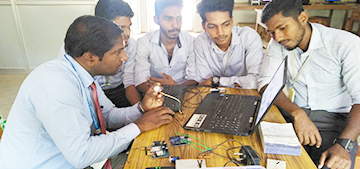
Circuits Design and Simulation Laboratory
Objectives
Outcomes
On completion of this laboratory course, the student should be able to:
